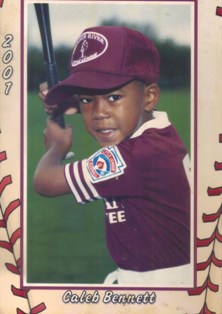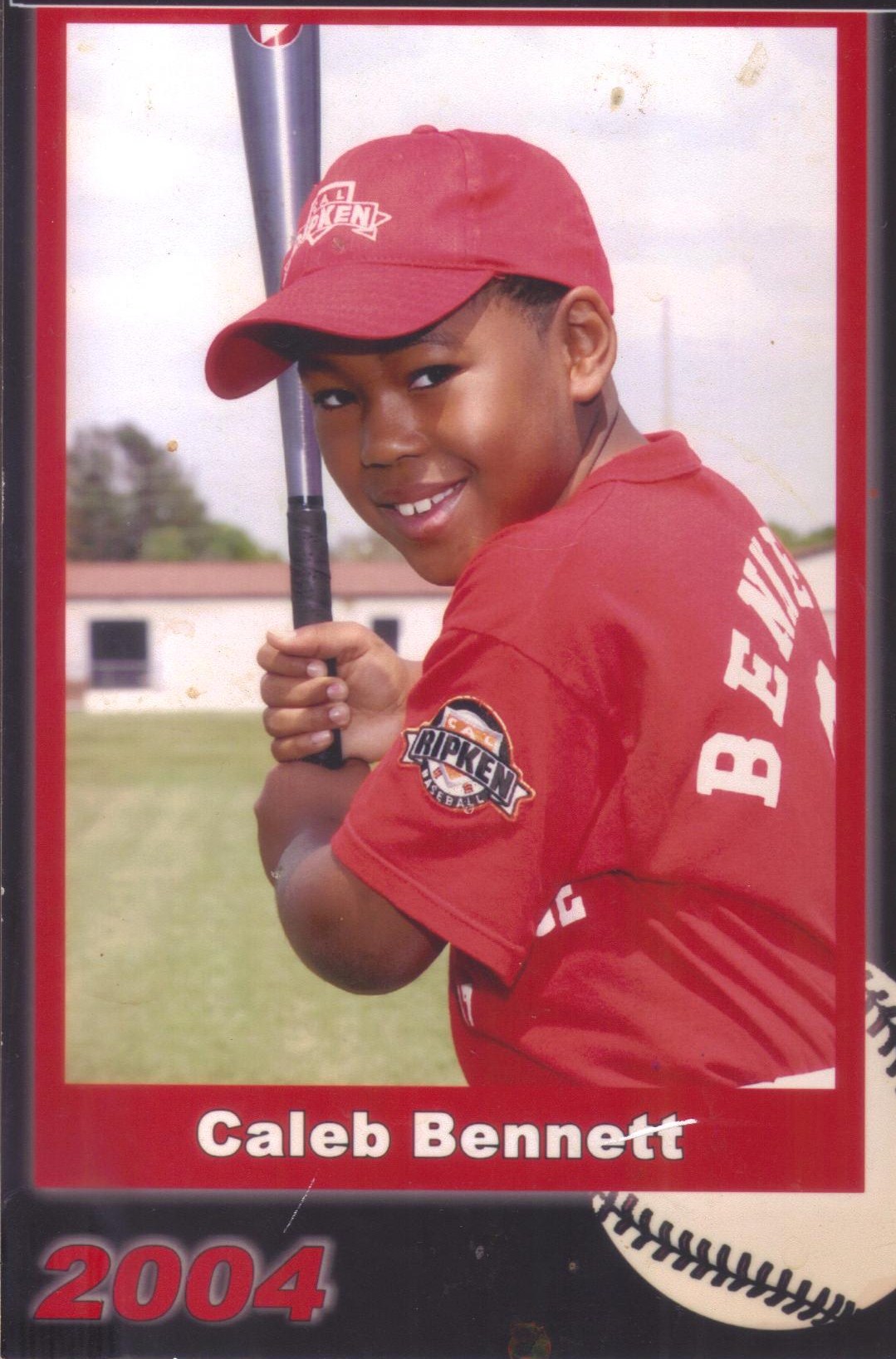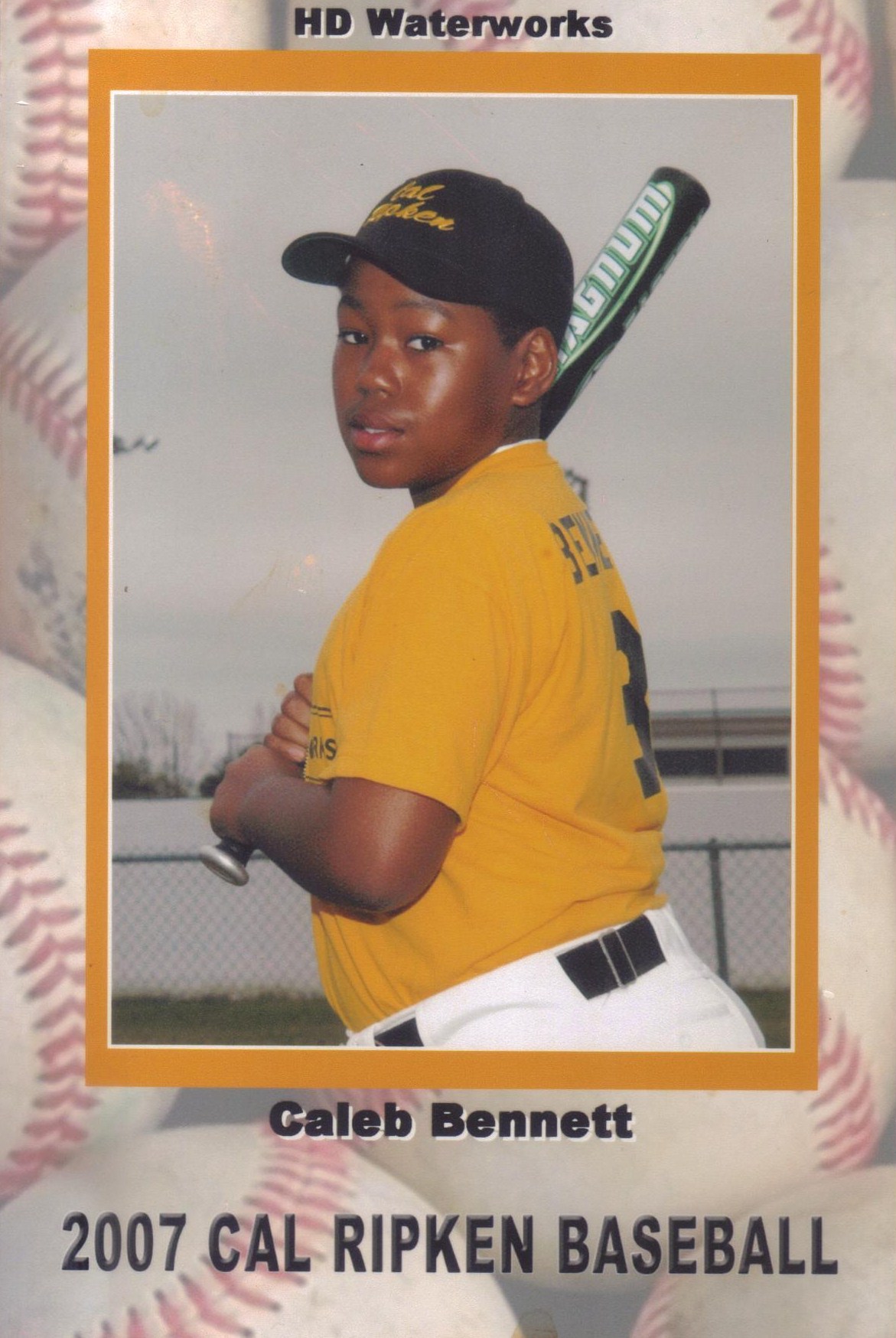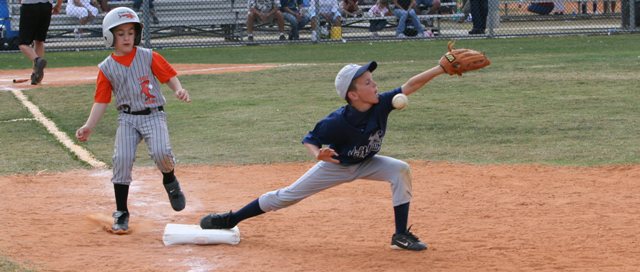Youth Baseball Drills

If you
are a parent who is about to start teaching Youth Baseball Drills for the first time you
are in the right spot.
I was much like you in that I have a child that loved to play baseball. In my case it was my son but the sex doesn't matter.
If you have been here before you know my passion for the game of baseball and my view that Baseball is Blind.
So whether you are a baseball Mom or a Baseball Dad I know that you will experience challenges with how best to teach Youth Baseball Drills.
Although blessed with a professional baseball background I quickly learned that teaching and playing baseball are two separate and different skills. My baseball playing experience gave me no real advantage.
Youth Baseball Drills Basics



When my son was 6 years old I took my baseball background and decided to coach his T-Ball team. Excited and thinking I was ready to teach youth baseball drills I dove in head first.
Having only one child I had no real concept of how difficult it would be to corral 12 little balls of pure energy, much less teach them how to play the game of baseball.
What I did learn, however, is that the secret to teaching youth baseball drills is to disguise boring and repetitious drills as Fun.
The challenge then becomes how to turn that teaching experience into fun and that is where you, as a teacher, bring the magic.
What I want to share with you is a couple of basic teaching drills that are both simple and easy to employ.
Keep It Simple
I spent just over 8 years teaching and coaching youth baseball and keeping the process simple made the task much easier. I also learned that time management is a critical component in keeping the process simple.
Have a list of drills designed to improve basic fundamentals. It will allow you to make the most of your time. The goal should be to teach each player every positions possible in the game of baseball.
This happens automatically by teaching them how to use their young bodies.
Things may look disorganized during the first couple of weeks but with a little patients and consistency each player becomes more competitive and the experience for everyone will be more fun.
Keep your practices under 2 hours, if not the parents will quickly become uncomfortable. You run the risk of losing a parent and ball player so use their time wisely.
Here is a simple but effective training program that I found invaluable for me.
Every experienced baseball coach will have their own personal approach to teaching and all have distinct value. This article is dedicated to you, first time, baseball Moms and Dads to help make teaching youth baseball drill a richer experience.
Now let me share share a couple of things that helped me to make practice fun.
The Warm Up

Warming up these young body in preparation for play is critical and should be done before anyone picks up a baseball. Allow 15 minutes for this drill but keep your player constantly moving. You will be surprised how quickly each player engages in spontaneous competition and team building begins without them even knowing it.
Actively demonstrate the proper technique for each drill and assist those having difficulty with a specific task. You will quickly learn the development level of each player through this warm-up process.
Stretching and Warming up Muscles;
1. Head Rotations, clockwise and counter clockwise to loosen neck muscles
2. Arm circles-Arms extended and rotate in small circles and graduate to large circles.
3. Cross arm stretches- left arm and right arm stretching deltoids.
4. Triceps stretches-left and right. Arms extended above head close to the ear, bend at the elbow. With other hand pull back to stretch triceps.
5. Wrist and Finger stretches.
6. Trunk Rotations with legs spread. Left, right, and circular motion.
7. Hamstring stretches. Legs crossed, knees locked, bend from the waist and attempt to touch toes. (Perform gently, do not bounce.
60ft Form Running;
1. Walking lunges.
2. High Knees
3. Butt Kicks
4. Secondary lead and steal; ¾ speed- three shuffle steps and run.
5. Side Shuffle heel to heel, no cross over strides and don’t click heels.
6. Power Skips-Strong arm pumps in conjunction with opposite leg drive.
7. Karaoke’s
8. Backward runs-Stretching the hamstrings
9. Full speed springs-60 yards.
Throwing-Short toss through Long toss;
1. 30ft 10-12 tosses
2. 60ft 7-10 tosses
3. 90ft 7-10 tosses
4. 120ft 6-8 tosses
Access talent level;
1. Throwing
2. Speed
3. Infield
4. Outfield
My Basic Youth baseball Drills
This list of basic skills are my personal list based on my experience. There are many quality and innovative coaching techniques and drills available by searching "Youth Baseball Drills" with your favorite search engine provider (ie Google Crone, Fire Fox, Internet Explorer) but I would rather you stay here.
The Proper Swing;
By far the most effective skill I ran across was the Fence Drill. What makes this drill so exciting is that, when mastered, will automatically correct the swing path. It is easy to teach at a the Youth level (8 years & up) so give it a try.
Place two player at a time facing the fence or a screen. I chose to use only two players at a time because of age. You really don't want too many kids swing bats at the same time. Have each play take 6 swings and count how many times they hit the fence (Coaches keep tract). Rotate the players through in pairs until each one gets 18 swings.
Each play selects their own bat to use, then places the bat head on the fence directly in front of them at Hip level. With the bat head on the screen place on the fence/screen, place the knob end of the bat on the players bellybutton.
From this position have your player take his hitting stance and make a full swing through the space without hitting the fence.
I wish I could claim credit for this simple but supremely effective drill but I can't. All athletics learn skills through repetition and muscles memory. These Youth Baseball drills develop excellent muscle memory which is key to learning in baseball.
Offensive Tactics and Strategies Fast Feet Drill/Game
Goal: To steal a base
Description: The defense has a pitcher, catcher, first baseman, second baseman, and shortstop (see figure 9.1). The offense has a runner on first and a batter at the plate, but the batter does not swing. When the pitcher pitches, the runner on first takes off for second (adhere to your league rules in terms of taking lead-offs and leaving the bag; don't allow an excessive lead-off even though there is no first-base player). The catcher attempts to throw the runner out. Rotate runners until each runner gets three steal attempts, then rotate teams. Keep track of points—1 point for each stolen base for the offense and 1 point for each player thrown out on defense. Rotate in groups of base runners and keep a team score for each group.
Note: Batter does not swing. 2B & SS should communicate before pitch and alternate coverage of base.
Setup for Fast Feet Drill/Game.
To make the game easier, do the following:
• Allow the runner a lead-off if none was granted earlier.
• Allow the runner to take off on the pitch if it was not allowed earlier.
To make the game harder, do the following:
• Don't allow leadoffs if they were allowed earlier.
• Don't allow the runner to take off on the pitch if that
was allowed earlier.
Instead, the runner must wait until the ball gets to the plate.
Multitasking: You can have players practice other team fundamentals with this drill. The pitcher can work on holding the runner on first base, and the middle infielders can practice communicating who covers (shortstop always determines), getting to the base as quickly as possible so that the catcher has a target to throw to, and straddling the bag properly to receive the throw.
Content RECOLONIZATION
The content used in this article is heavily influenced by "Kenny Buford" (http://www.baseball-practice-plans.com) and modified by me to accommodate my players. To be fair their are a Host of high quality Youth Baseball Dills trainers to chose from but I like Kenny.
Help pay it forward for the kids!
Share one of your favorite Youth Baseball Drills and tell us how it helped your Players.


New! Comments
Have your say about what you just read! Leave me a comment in the box below.